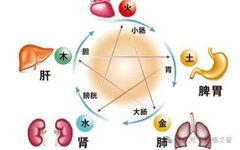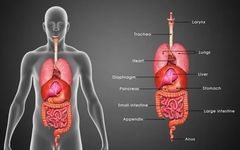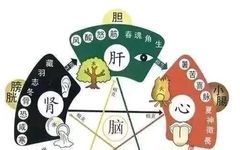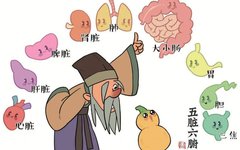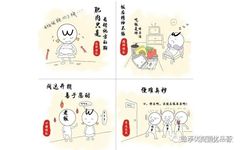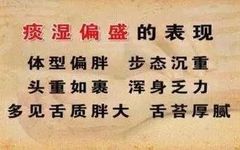Comprehensive Methods for Nourishing the Five Organs (Heart, Liver, Spleen, Lung, Kidney) – Highly Recommended for Collection
Exploring the Mysteries of the Five Organs: The Path to Health Begins with the HeartIn the wisdom of Traditional Chinese Medicine (TCM), the five organs—Xīn (Heart), Gān (Liver), Pí (Spleen), Fèi (Lung), and Shèn (Kidney)—are not only the core of human life activities but also the foundation for maintaining our health and vitality.Today, let us … Read more

